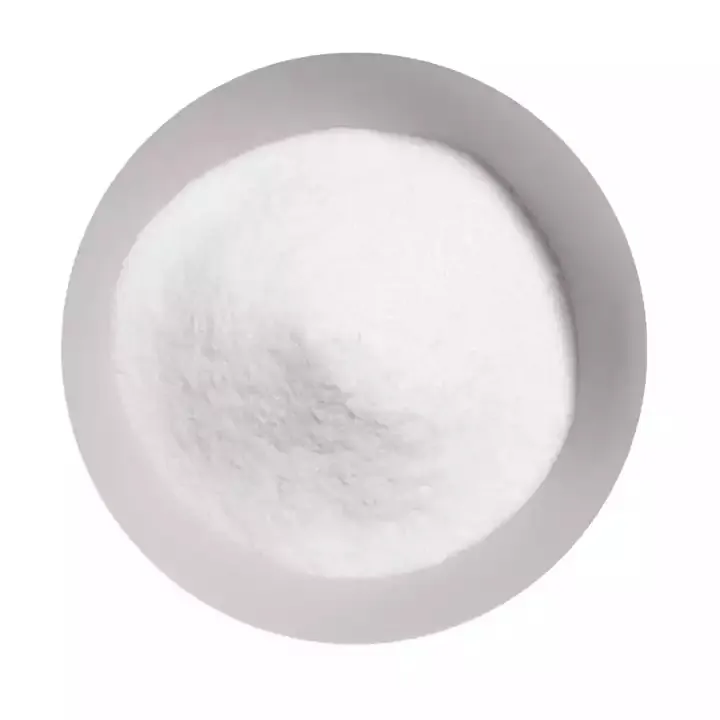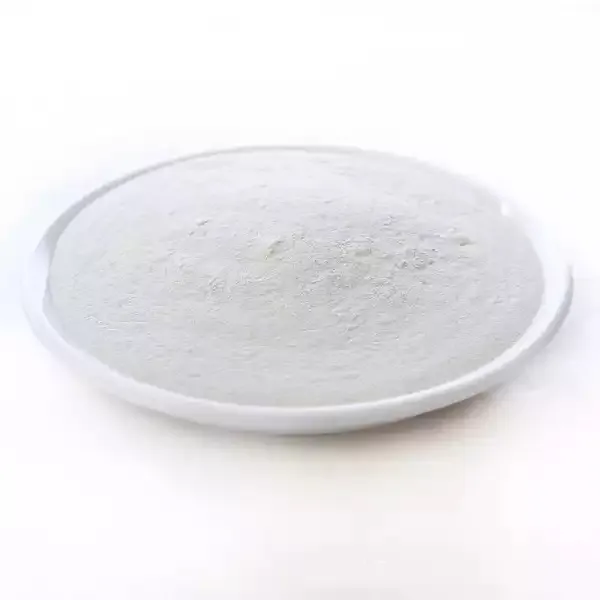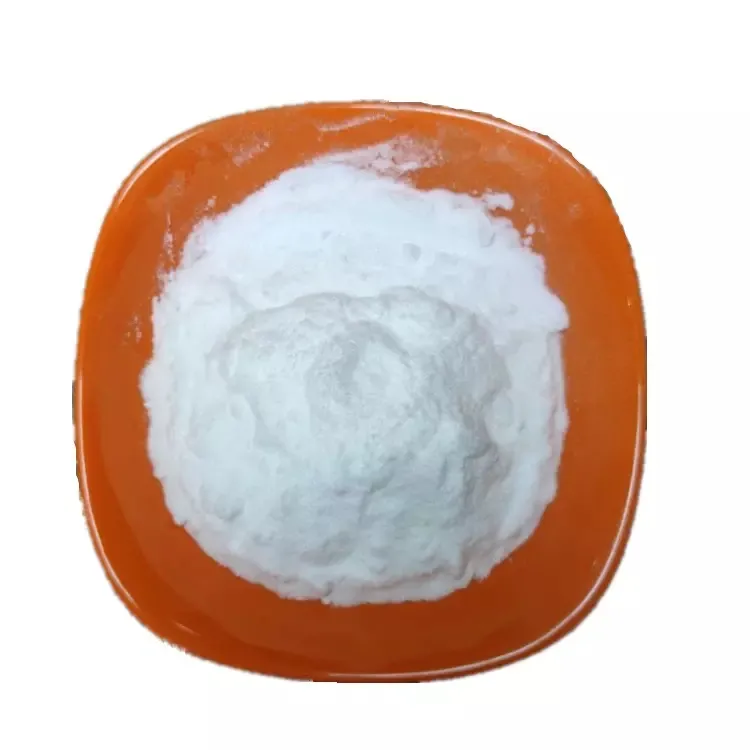Warning: Undefined array key "file" in /home/www/wwwroot/HTML/www.exportstart.com/wp-content/themes/1198/header.php on line 7
Warning: Undefined array key "title" in /home/www/wwwroot/HTML/www.exportstart.com/wp-content/themes/1198/header.php on line 7
Warning: Undefined array key "title" in /home/www/wwwroot/HTML/www.exportstart.com/wp-content/themes/1198/header.php on line 7
- Moafrika
- Sealbania
- Seamharic
- Searabia
- Searmenia
- Se-Azerbaijani
- Sebasque
- Sebelarusia
- Benghali
- Sebosnia
- Se-Bulgaria
- Secatalan
- Sebuano
- China
- China (Taiwan)
- Corsican
- Secroatia
- Czech
- Sedanishe
- Se-Dutch
- Senyesemane
- Esperanto
- Seestonia
- Sefinnishe
- Sefora
- Sefrisia
- Segalician
- Segeorgia
- Sejeremane
- Segerike
- Segujarati
- Secreole sa Haiti
- hausa
- siwaiian
- Seheberu
- Che
- Miao
- Se-Hungary
- Seiceland
- igbo
- Seindonesia
- irish
- Setaliana
- Sejapane
- Se-Javanese
- Kannada
- kazakh
- Khmer
- Rwanda
- Sekorea
- Sekurdish
- Sekyrgyz
- Lefuba
- Selatine
- Selatvia
- Selithuania
- Se-Luxembourgish
- Semacedonia
- Malgashi
- Semalay
- Semalayalam
- Semalta
- Semaori
- Marathi
- Mongolian
- Myanmar
- tsa Nepali
- Norwegian
- Norwegian
- Occitan
- Sepashto
- Sepersia
- Sepolishe
- Sepotoketsi
- Sepunjabi
- Seromania
- Serussia
- Sesamoa
- Segaeli sa Scotland
- Seserbia
- Senyesemane
- Seshona
- Sindhi
- Sesinhala
- Seslovak
- Seslovenia
- Somalia
- Sepanish
- Sesundanese
- Seswahili
- Seswedishe
- Setagalog
- Se-Tajik
- Setamil
- Setatare
- Setelugu
- Sethai
- Se-Turkey
- Turkmen
- Seukraine
- Seurdu
- Uighur
- Seuzbek
- Sevietnam
- Welsh
- Thusa
- Yiddish
- Yoruba
- Sezulu
Coluracetam
Coluracetam, also known as BCI-540 or MKC-231, is a nootropic of the racetam class.
Coluracetam was originally studied in Japan in the mid-1990s for Alzheimer's treatment. These studies showed coluracetam's ability to repair memory and learning in mice with damaged nerve cells. However, none of the research on Alzheimer's has ever been published.
Coluracetam's second round of research, by Brain Cells Inc., on more than 100 people with major depression and anxiety, is reported to have shown benefits for major depressive disorder (MDD). However, these trials were never published either.
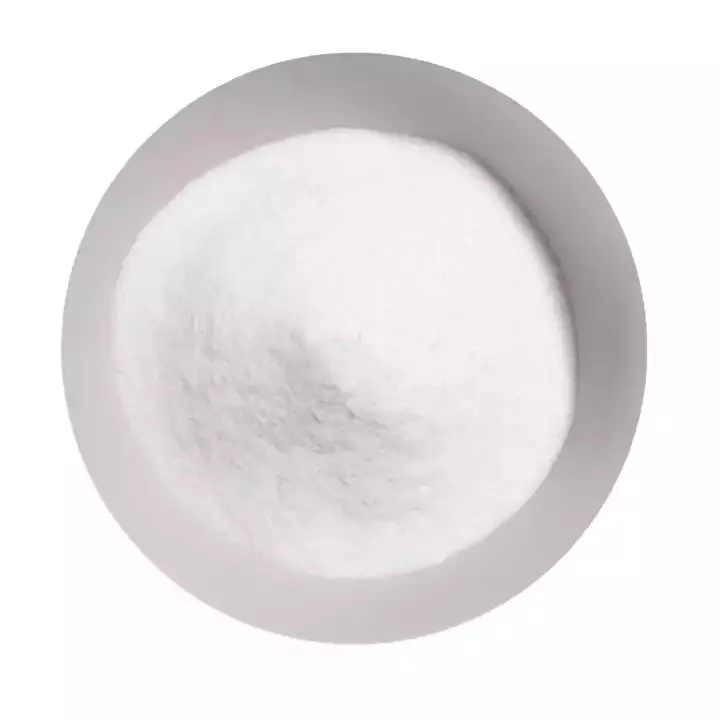
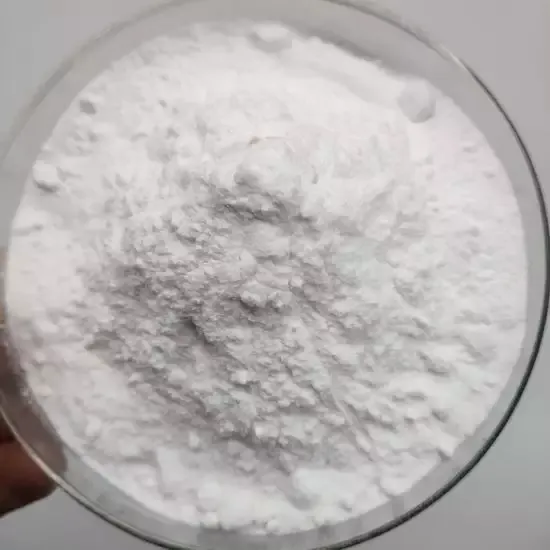
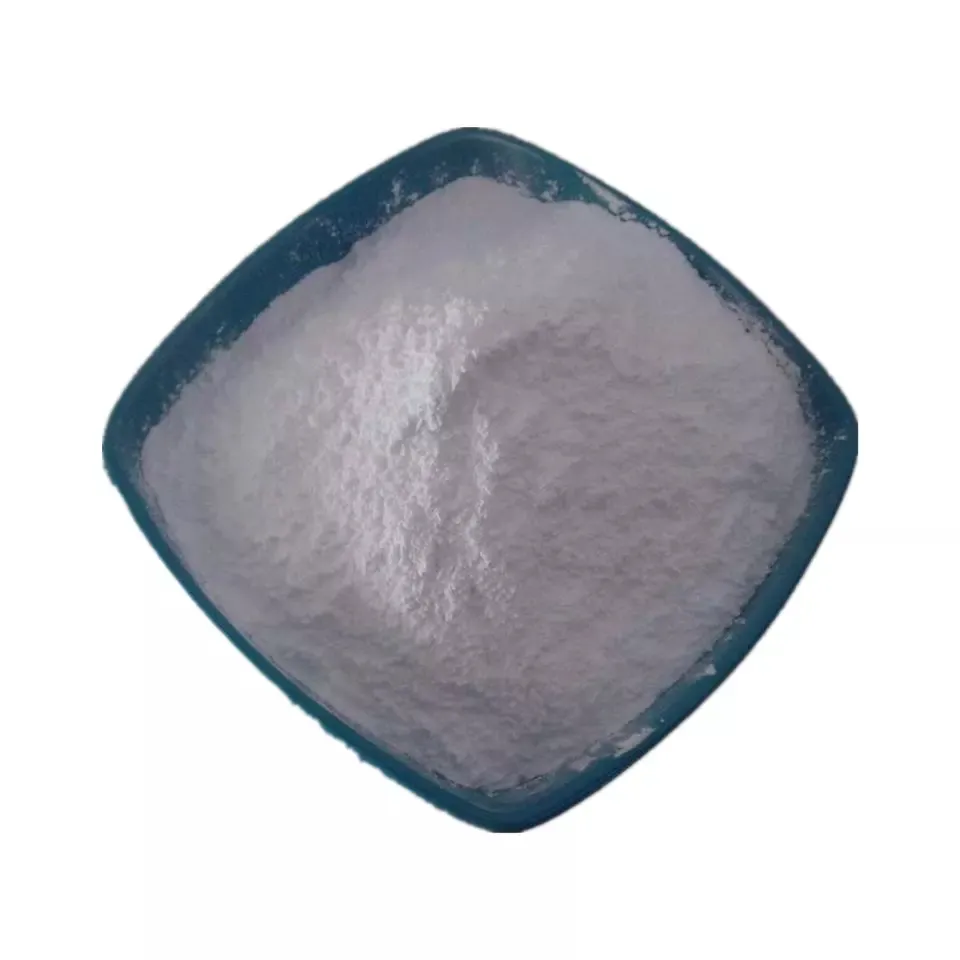
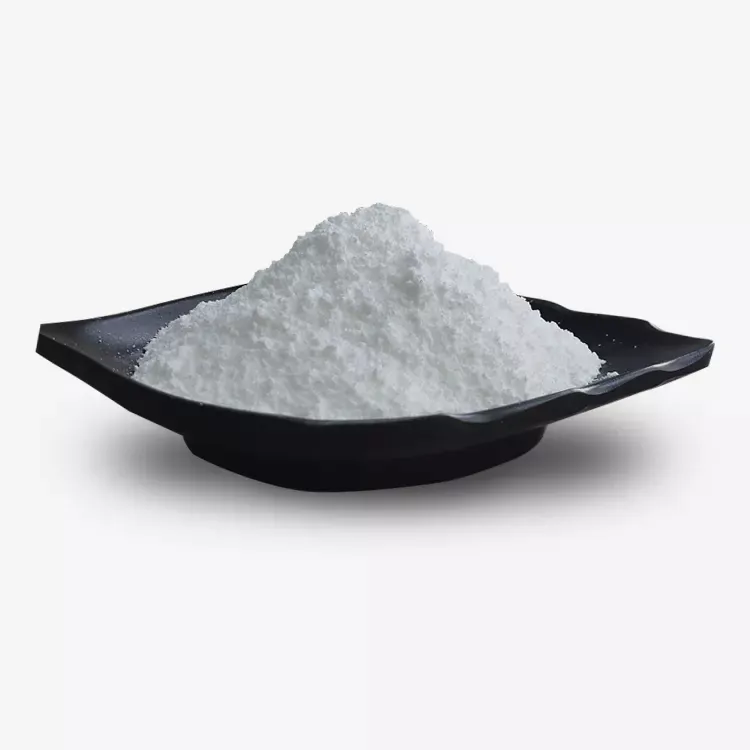
- Brain Optimization: Coluracetam is a choline uptake enhancer which boosts the effects of choline in your brain. It increases the production of acetylcholine (ACh) through HACU. Resulting in better learning and memory.
- Neurotransmitters: Coluracetam desensitizes glutamate (AMPA) receptors in your brain.[ii] Which boosts neural signaling by increasing the effectiveness of glutamate. Resulting in better focus and concentration.
- Mood & Anti-anxiety: Coluracetam is effective in treating anxiety and depression. Even in people suffering from major depression and who do not respond to SSRI's.
1) Memory and Learning
Coluracetam improved memory and learning in rats treated with a nerve toxin that damages the choline uptake system in the brain. This improvement surprisingly lasted beyond treatment. However, these benefits in learning and memory were not seen in rats who were not exposed to the nerve toxin.
Acetylcholine levels are often lower in those with Alzheimer's. By boosting acetylcholine in the hippocampus, coluracetam may improve some Alzheimer's symptoms, such as poor memory and learning.
In rats that were given the recreational drug (which inhibits ChAT, the enzyme that creates acetylcholine), coluracetam repaired the damage to the learning function by increasing ChAT.
2) Anxiet
In a rat study, dosing 21 days of coluracetam led to a 20% improvement in anxiety, which was greater than the 12% effect had in a single dose in the same study.
3) Schizophrenia
The enzyme that helps make acetylcholine (ChAT) is impaired in schizophrenia.
Coluracetam increased the activity of ChAT in rats with nerve cell damage. More research directly on people with schizophrenia is needed.
Re na le lifeme tse ngata tsa boleng bo holimo tse nang le tšebelisano e tebileng, tse ka u fang lihlahisoa tsa boleng bo holimo le litheko tsa tlholisano. Hape re ka fana ka litheolelo bakeng sa ho reka ka bongata.'Me re sebelisana le lik'hamphani tse ngata tsa litsebi tse tsamaisang thepa, li ka isa lihlahisoa ka mokhoa o sireletsehileng le ka thelelo matsohong a hau. Nako ea ho fana e ka ba matsatsi a 3-20 ka mor'a hore ho netefatsoe tefo.

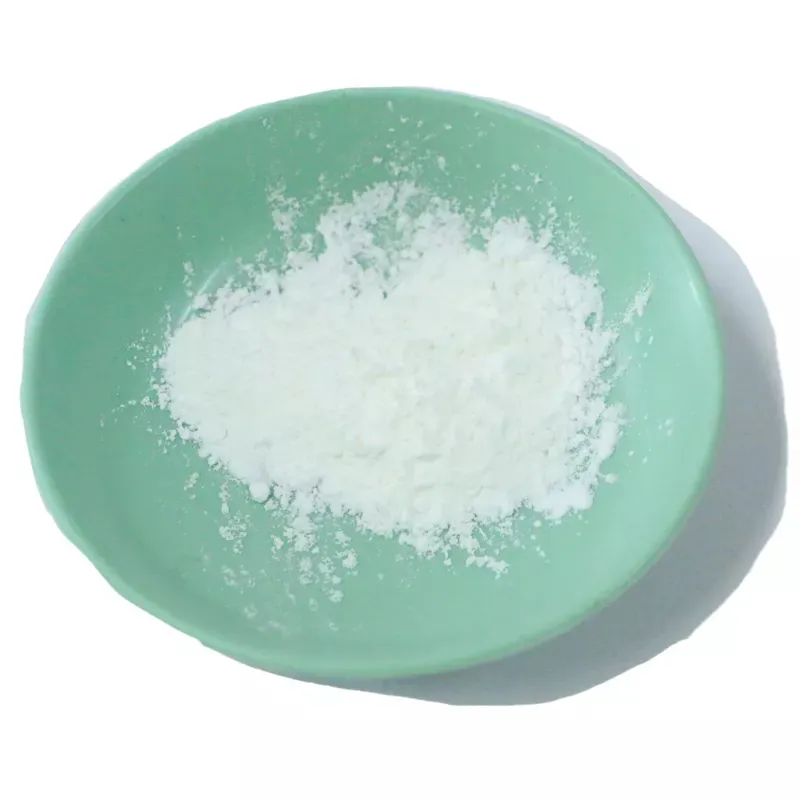
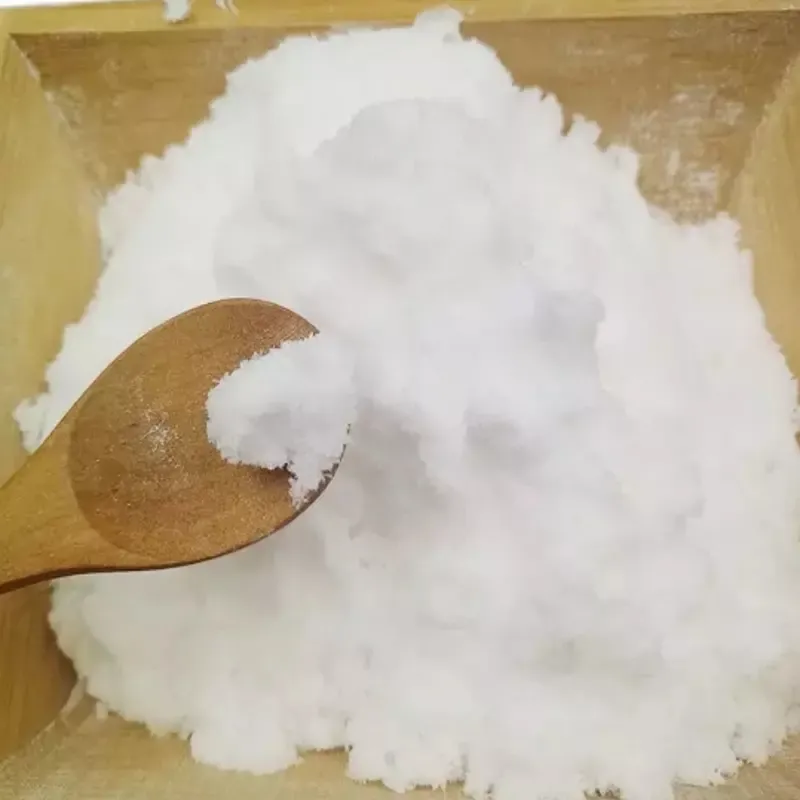
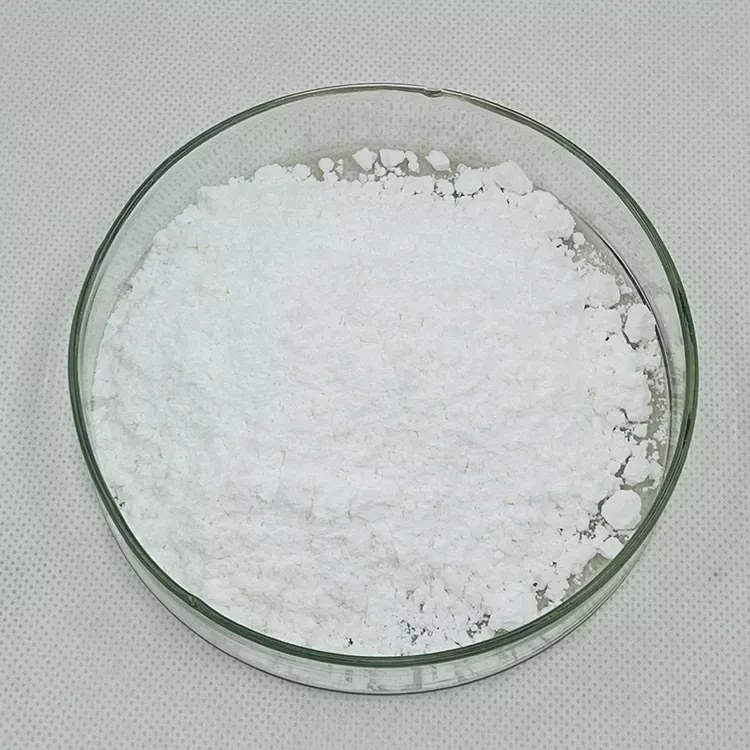
|
Lebitso la Sehlahiswa |
Coluracetam |
|
|
Item of Test |
Limits of Test |
Results of Test |
|
Ponahalo |
White Crystalline Powder |
White Crystalline Powder |
|
Assay (HPLC) |
≥99% |
99.32% |
|
Particle |
100% pass 80 mesh |
E lumellana |
|
Monko o monate |
Odorless |
E lumellana |
|
Sulphated Ash |
<0.5% |
0.21% |
|
Joalo ka |
<1.0ppm |
E lumellana |
|
Pb |
<1.0ppm |
E lumellana |
|
Cd |
<1.0ppm |
E lumellana |
|
Hg |
<0.05ppm |
E lumellana |
|
Loss on drying |
<3% |
1.05% |
|
Residue on igination |
≤0.2% |
0.16% |
|
Kakaretso ea Plate Count |
<1000cfu/g |
E lumellana |
|
Yeast & Mold |
<1000cfu/g |
E lumellana |
|
E. Coli |
<100cfu/g |
E lumellana |
|
S. Aureus |
E mpe |
E lumellana |
|
Saimonella |
E mpe |
E lumellana |
|
Pesticides |
E mpe |
E lumellana |
|
Qetello |
Conform with specification |
|
|
Storage |
Store in 2-8°C, cool & dry place, Keep away from strong light and heat. |
|
Sehlahisoa see ke eng?
Coluracetam just might be the next new nootropic to dominate the market of brain supplements in the coming years. Like many of the other most popular nootropics, Coluracetam is a Racetam compound derived from Piracetam. Coluracetam has a lot of characteristics in common with other Racetams, but there are also some important distinctions.
Kopo
- Used as an intellectual stimulant. It can be used to treat memory and intellectual impairment caused by Alzheimer's disease, mild to moderate vascular dementia, trauma and other conditions, as well as to promote intellectual development in children.
- Antidepressant effect. By promoting the transmission of nerve signals, it has a significant effect on depression
Formulations/Preparations:Tablets;Injection
Lihlopha tsa lihlahisoa
-
 Apr . 27, 2025Zibo will host the 2025 International Chemical ExpoZibo, a city known for its thriving chemical industry, will host the 2025 Zibo International Chemical Expo from May 16 to May 18, 2025. This highly anticipated event aims to bring together industry leaders, innovators and stakeholders from around the world to explore the latest advancements and trends in the chemical industry.
Apr . 27, 2025Zibo will host the 2025 International Chemical ExpoZibo, a city known for its thriving chemical industry, will host the 2025 Zibo International Chemical Expo from May 16 to May 18, 2025. This highly anticipated event aims to bring together industry leaders, innovators and stakeholders from around the world to explore the latest advancements and trends in the chemical industry. -
 Apr . 22, 20252025 Yokohama Cosmetics Raw Materials and Technology ExhibitionYOKOHAMA, Japan – The City of Yokohama is preparing to host the much-anticipated Cosmetics Ingredients & Technologies 2025 from May 14 to May 16, 2025. The premier event is expected to attract industry professionals, innovators and enthusiasts from around the world to showcase the latest advancements in cosmetic ingredients and technologies.
Apr . 22, 20252025 Yokohama Cosmetics Raw Materials and Technology ExhibitionYOKOHAMA, Japan – The City of Yokohama is preparing to host the much-anticipated Cosmetics Ingredients & Technologies 2025 from May 14 to May 16, 2025. The premier event is expected to attract industry professionals, innovators and enthusiasts from around the world to showcase the latest advancements in cosmetic ingredients and technologies. -
 Apr . 18, 20252025 India Mumbai Fine Chemicals ExhibitionMUMBAI, India – The bustling metropolis of Mumbai is gearing up to host the much-anticipated Fine Chemicals Expo on April 29-30, 2025. The premier event is expected to attract industry leaders, innovators and stakeholders from across the world to showcase the latest advancements in the fine chemicals sector.
Apr . 18, 20252025 India Mumbai Fine Chemicals ExhibitionMUMBAI, India – The bustling metropolis of Mumbai is gearing up to host the much-anticipated Fine Chemicals Expo on April 29-30, 2025. The premier event is expected to attract industry leaders, innovators and stakeholders from across the world to showcase the latest advancements in the fine chemicals sector.


